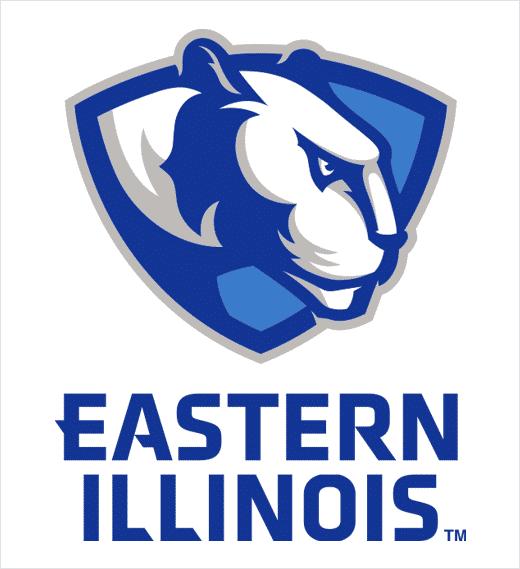March 23, 2021 5 min read

How Eastern Illinois University Uses Online Courses and Data to Reduce At-Risk Drinking
Industry:
Solution:

For years, alcohol abuse was a defining problem on the campus of Eastern Illinois University (EIU). Students’ drinking behaviors not only put them at risk, but also began to spill over into the wider community, with instances of property damage straining relations between the campus and the people of Charleston, Illinois. “We’ve had substance abuse prevention programs in place since the late ‘80s,” says Dr. Eric Davidson, Associate Director of Health Service at EIU. “We were doing education and outreach. But we weren’t really moving the bar, and we weren’t able to track progress in a significant way. We started asking ourselves, what can we do at a population level to truly make an impact?” By partnering with Vector Solutions, EIU was able to reduce at-risk drinking behaviors by 34% to help address these critical student wellness issues.
34% Reduction in Heavy Drinking
“Once we saw the efficacy research, we knew Vector Solutions (formerly EVERFI’s Campus Prevention Network) could make a powerful difference on our campus.”
Dr. Daniel Nadler
Vice President for Student Affairs | Eastern Illinois University
Evaluating Efficacy of Online Courses for Prevention

While searching for a partner to help drive prevention efforts forward at EIU, Davidson and his team learned of departmental research regarding Vector Solutions’ AlcoholEdu for College online course. At the time, Dr. Andrew Wall worked at EIU’s Illinois Higher Education Center for Alcohol, Other Drug and Violence Prevention as Associate Director of Evaluation and Policy Analysis, where he conducted an extensive analysis of 20,000 students to determine the efficacy of AlcoholEdu. Over the course of his research, he noted that the “evidence that interactive health-related web tools can contribute to preventing high-risk student health behaviors in the campus environment, with self-reported evidence suggesting implementation among first-year students to be the most promising.”
His efficacy research – as well as seven other independently evaluated research studies – led the school to adopt AlcoholEdu themselves. “Once we saw the efficacy research,” says Dr. Daniel Nadler, Vice President for Student Affairs, “we knew Vector Solutions (formerly EverFi’s Campus Prevention Network) could make a powerful difference on our campus.”
In addition to AlcoholEdu’s proven educational approach, Vector Solutions helped provide crucial data through analytics tools that tracked students’ engagement and success in the course. “Throughout the academic year,” says Davidson, “we’re pulling data from Vector Solutions to prepare for needs assessments, program planning, and determining whether or not what we’re doing is making a difference.”
The data and educational program was just the start of EIU’s revitalized prevention efforts. AlcoholEdu helped serve as a foundation for efforts that would span across the community. And it’s made a tremendous difference: since they first adopted Vector Solutions for alcohol prevention in 2006, EIU has observed a 34% reduction (see Figure 1) in “heavy drinking” (defined as having 4 or more drinks in a sitting for women, 5 or more for men).
A Community Effort to Address Drinking

Using data collected through Vector Solutions, EIU was able to develop a suite of prevention resources, including on-campus messaging and programs. And, using this new evidence, the team secured funding as recipients of the Enforcing Underage Drinking Laws Discretionary College Grant from the Department of Justice. Expanding on this initial success, the school began to collaborate closely with the Charleston Mayor’s office. “One of the most important things we did was establish consistent communication and messaging in all areas of the university and the city,” says Dr. Heather Webb, Director of Student Standards, and Title IX Deputy Coordinator. “We did this through the police department and the mayor’s department.”
For example, police officers arresting, warning, or providing a citation to students would often give them information on wellness and prevention resources at the university, making sure they had everything they needed to improve their habits.
Similarly, the school and the city developed a diversion program to make legal repercussions more educational and more effective. Students would not only pay a fee and do community service work, but also complete an alcohol education program. Charleston, Illinois Mayor Larry Rennels has worked closely with the EIU team. “Probably the most important thing to come out of the city and university’s collaboration is communication,” he says. “We use Vector Solutions (formerly EverFi’s Campus Prevention Network) data to get on the same page, strategize, and make the right kinds of policy changes to address alcohol abuse in our community.”
Data-Driven Success
Today, students engage with the AlcoholEdu program before they even step foot on campus. In fact, EIU has instituted a hard mandate that first-year and transfer students complete the program, placing holds on their classes if they fail to do so. During the 2015-16 academic year, only 10 of 1,800 eligible students did not complete the course. This incredible rate of completion helps EIU spread their educational message and analyze trends in its impact using Vector Solutions’ data, identifying the most effective strategies and adjusting accordingly. They are also able to the use the data they compile to comply with the Education Department General Administrative Regulations (EDGAR part 86). “Our data shows that students really are learning a lot, they are getting a lot out of AlcoholEdu,” says Webb. “Students tend to be really positive after they get through the program. It provides real situations that they can relate to, putting everything into context for individuals using the courses – showing them what a number of drinks really will do to their specific weight and body type, for example.” Today, AlcoholEdu is part of a wider body of resources that are transforming students’ attitudes and behaviors around drinking at EIU. In conjunction with a broad set of stakeholders, and with support from top decision-makers at the university and within the community, the EIU team has created programs that serve as an example for schools across the country, reducing at-risk drinking by 34% – and transforming a community.











